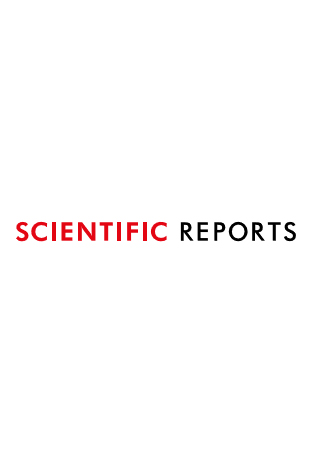Sci Rep. 2020 May 12;10(1):7849. doi: 10.1038/s41598-020-63900-0.
Ashton Faulkner 1 2 , Eleanor Lynam 1 , Robert Purcell 1 , Coleen Jones 1 , Colleen Lopez 3 , Mary Board 3 , Kay-Dietrich Wagner 4 , Nicole Wagner 4 , Carolyn Carr 3 , Caroline Wheeler-Jones 5
Affiliations
1 Department of Comparative Biomedical Sciences, Royal Veterinary College, London, UK.
2 Experimental Cardiovascular Medicine, Bristol Medical School, University of Bristol, Bristol, UK.
3 Department of Physiology Anatomy & Genetics, University of Oxford, Oxford, UK.
4 Université Côte d’Azur, Institute of Biology Valrose, Nice (iBV), CNRS UMR7277, INSERM U1091, Nice, France.
5 Department of Comparative Biomedical Sciences, Royal Veterinary College, London, UK. cwheeler@rvc.ac.uk.
Abstract
Peroxisome proliferator activated receptor β/δ (PPARβ/δ) has pro-angiogenic functions, but whether PPARβ/δ modulates endothelial cell metabolism to support the dynamic phenotype remains to be established. This study characterised the metabolic response of HUVEC to the PPARβ/δ agonist, GW0742, and compared these effects with those induced by VEGF-A. In HUVEC monolayers, flux analysis revealed that VEGF-A promoted glycolysis at the expense of fatty acid oxidation (FAO), whereas GW0742 reduced both glycolysis and FAO. Only VEGF-A stimulated HUVEC migration and proliferation whereas both GW0742 and VEGF-A promoted tubulogenesis. Studies using inhibitors of PPARβ/δ or sirtuin-1 showed that the tubulogenic effect of GW0742, but not VEGF-A, was PPARβ/δ- and sirtuin-1-dependent. HUVEC were reliant on glycolysis and FAO, and inhibition of either pathway disrupted cell growth and proliferation. VEGF-A was a potent inducer of glycolysis in tubulogenic HUVEC, while FAO was maintained. In contrast, GW0742-induced tubulogenesis was associated with enhanced FAO and a modest increase in glycolysis. These novel data reveal a context-dependent regulation of endothelial metabolism by GW0742, where metabolic activity is reduced in monolayers but enhanced during tubulogenesis. These findings expand our understanding of PPARβ/δ in the endothelium and support the targeting of PPARβ/δ in regulating EC behaviour and boosting tissue maintenance and repair.
PMID: 32398728
DOI: 10.1038/s41598-020-63900-0

